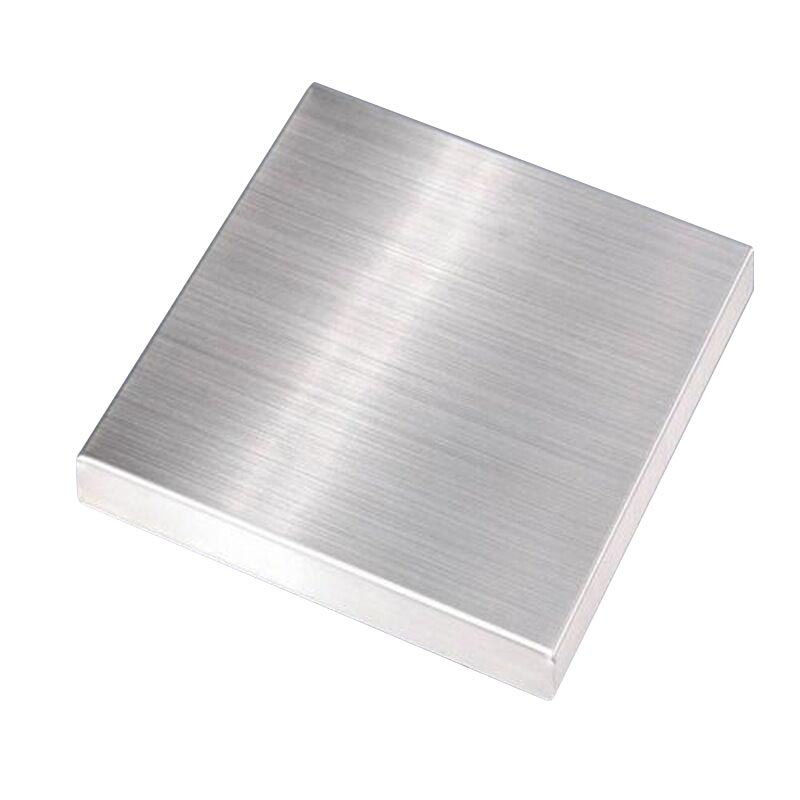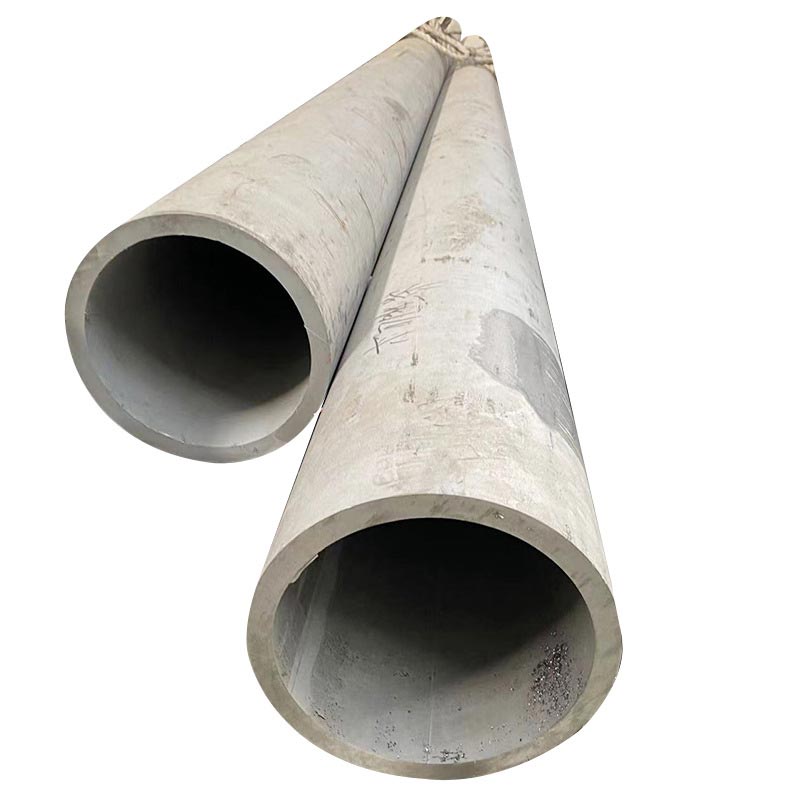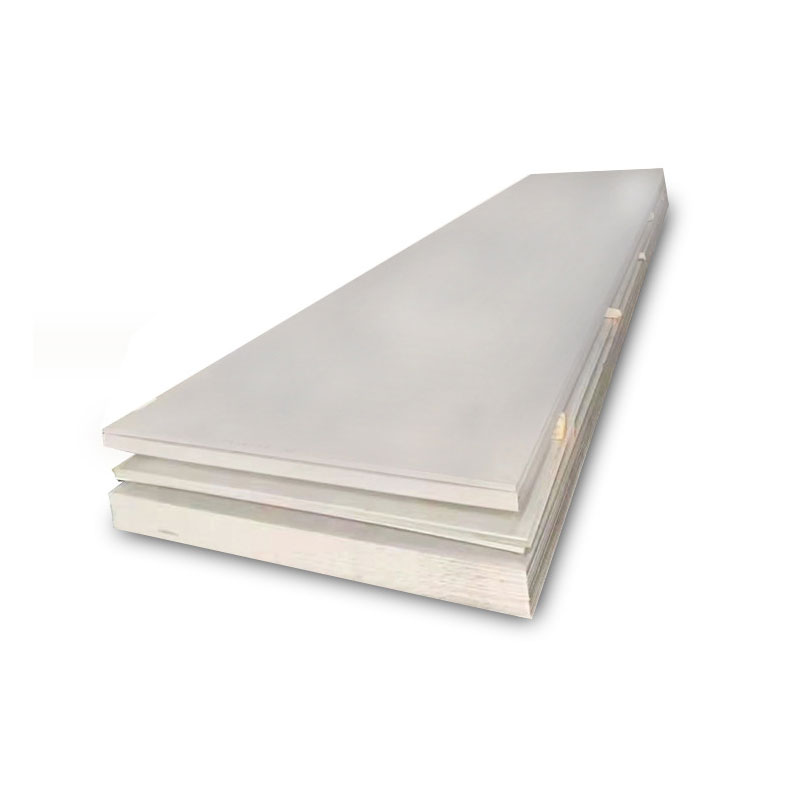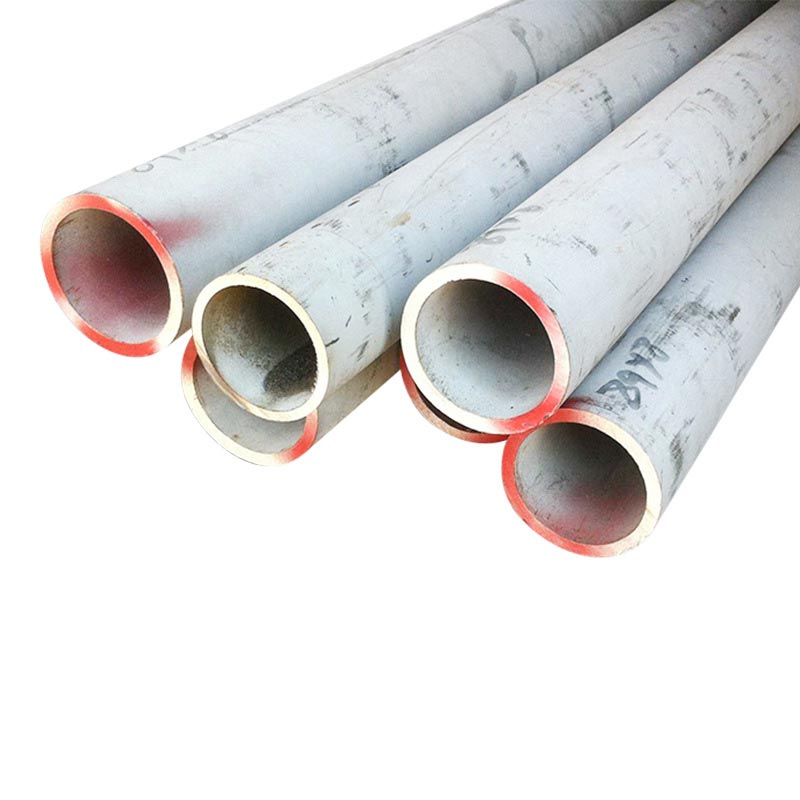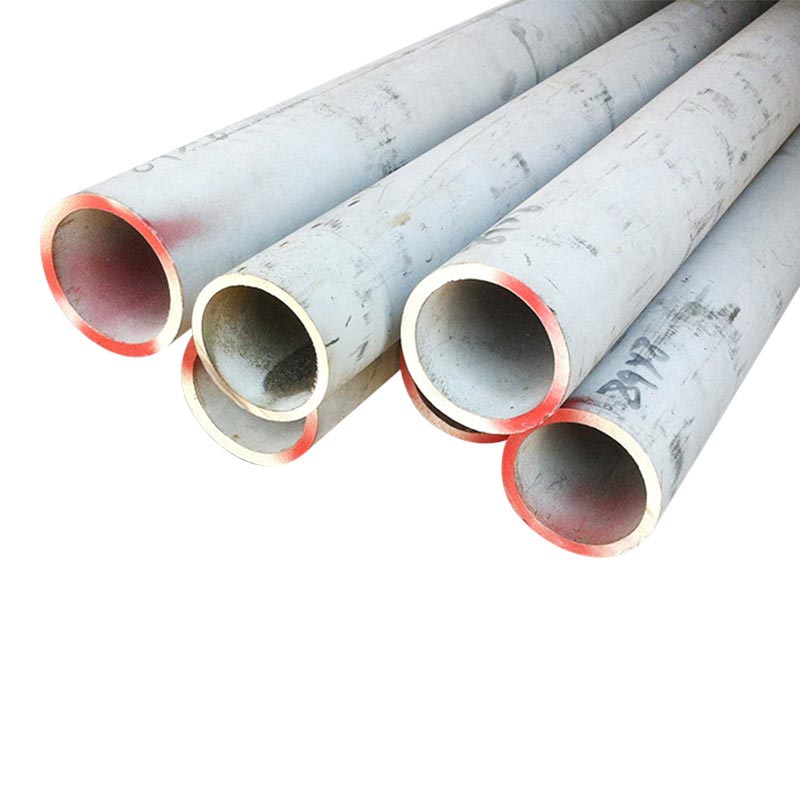What is the difference between 316 stainless steel and 304 stainless steel
In our daily life, stainless steel products can be seen everywhere. From all kinds of industrial equipment and building decoration materials, such as some medical equipment in hospitals, facade decoration of high-rise buildings, elevator cars, etc.; to various daily necessities, such as pots and pans in the kitchen, cabinets, tableware on the dining table, daily water cups, etc., all have stainless steel. It can be said that stainless steel has been integrated into all aspects of life and has become an indispensable part of our lives.
Among the many types of stainless steel, 304 and 316 stainless steel are particularly common. We often see their logos when buying stainless steel products, so what is the difference between them? This must be a question that many friends are curious about. Next, let us explain the difference between these two types of stainless steel.
Main element composition
304 stainless steel belongs to austenitic stainless steel. Its main effective components include nickel (Ni) and chromium (Cr). The chromium content is usually around 18% to 20%, and the nickel content is in the range of 8% to 10.5%. It also contains a small amount of carbon (C), silicon (Si), manganese (Mn), phosphorus (P), sulfur (S) and other elements, as well as trace amounts of nitrogen (N), titanium (Ti) and molybdenum (Mo). Nickel plays an important role in 304 stainless steel. It is a key element to strengthen and stabilize austenite. It can make steel obtain a complete austenitic structure, so that steel has good strength, plasticity and toughness, and also has excellent hot and cold processing properties. At the same time, nickel can improve the thermodynamic stability of austenitic stainless steel, making this stainless steel have better rust resistance and oxidizing medium resistance than ferrite, martensite and other stainless steels with the same chromium and molybdenum content. Moreover, nickel helps to stabilize the dense oxide film formed on the surface of stainless steel, further enhancing its ability to resist erosion by corrosive media.
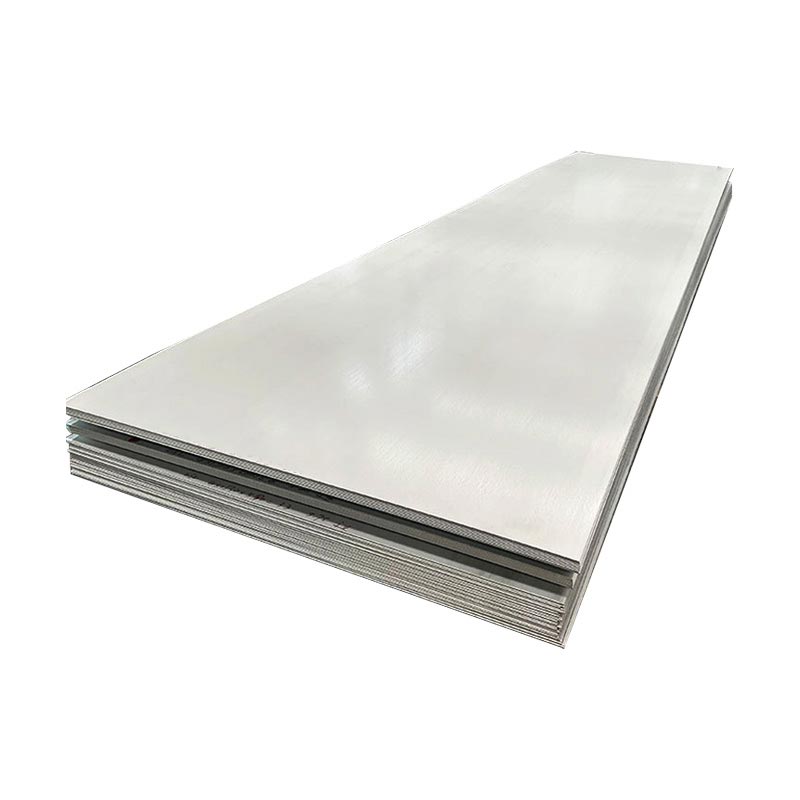
316 stainless steel is also austenitic stainless steel. In addition to nickel and chromium, its main components also contain molybdenum (Mo). Its chemical composition is roughly 16.0-18.5% chromium (Cr), 10.0-14.0% nickel (Ni), 2.0-3.0% molybdenum (Mo), and other small amounts of carbon, silicon, manganese, phosphorus, sulfur and other elements. The addition of molybdenum has a great influence on the performance of 316 stainless steel. It can significantly improve the corrosion resistance of steel in reducing media. For example, in media such as sulfuric acid and acetic acid, 316 stainless steel containing molybdenum shows better corrosion resistance than 304 stainless steel. In addition, molybdenum can also enhance the steel's resistance to pitting corrosion and crevice corrosion. Especially in an environment containing chloride ions (CL⁻), 316 stainless steel can better resist local corrosion such as pitting corrosion than 304 stainless steel due to the presence of molybdenum. In addition, the addition of molybdenum improves the high-temperature strength of 316 stainless steel. For example, its durability and creep properties have been greatly improved. However, for this reason, the hot workability of 316 stainless steel containing molybdenum is worse than that of 304 stainless steel, and the higher the molybdenum content, the greater the difficulty of hot working.
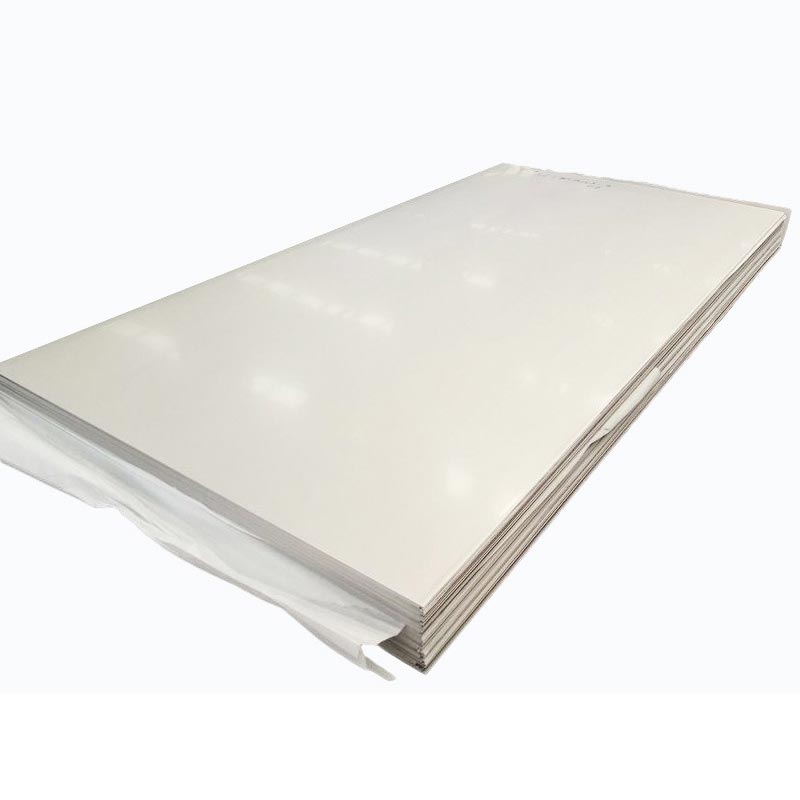
Corrosion resistance comparison
There is a significant difference between 316 stainless steel and 304 stainless steel in terms of corrosion resistance. 316 stainless steel contains molybdenum (content is 2.0-3.0%), which makes it more corrosion-resistant than 304 stainless steel in a variety of environments.
For example, in a saltwater environment, such as some construction facilities and seawater aquaculture equipment at the seaside, if 304 stainless steel is used, it will be easily exposed to high-concentration salt water for a long time, and rust spots and corrosion pits will appear on its surface, because chloride ions will corrode it. 316 stainless steel, with the effect of molybdenum, can better resist the erosion of chloride ions, and can maintain a good state in such a high-salt environment and is not easily corroded.
When facing chemical corrosive substances, such as in a chemical production environment, it may be exposed to acidic or alkaline chemicals. In some highly acidic media (such as slightly high concentrations of sulfuric acid, hydrochloric acid, etc.), the corrosion resistance of 304 stainless steel will be insufficient, and chemical reactions will easily cause corrosion. However, the molybdenum element contained in 316 stainless steel can significantly improve its corrosion resistance to reducing media, and it can perform better in such chemical corrosion environments.
For some special foods, such as carbonated drinks, milk, coffee, etc., they contain certain acidic components or other substances that may affect the stability of stainless steel. After long-term use of such drinks, 304 stainless steel tableware may gradually show signs of surface loss of gloss and corrosion, while 316 stainless steel tableware can relatively better withstand the erosion of these drinks and maintain good appearance and performance.
In an environment with high requirements for corrosion resistance, 316 stainless steel is often a better choice, while 304 stainless steel is more suitable for general, relatively less corrosive environments.
Different mechanical properties
The mechanical properties of 304 stainless steel and 316 stainless steel also have their own characteristics. The strength and hardness of 304 stainless steel are slightly higher than those of 316 stainless steel, which allows 304 stainless steel to show better performance in some situations where it needs to withstand certain pressure and resist external friction. For example, in the field of architectural decoration, some structural components made of 304 stainless steel can meet basic mechanical requirements in terms of support and fixation, and are not prone to deformation and other problems.
However, 316 stainless steel has better ductility and tensile strength, which means that it is less likely to break when subjected to external forces such as stretching and bending. For example, in some occasions where stainless steel materials need to be processed and shaped, such as making some unique medical devices and precision parts, 316 stainless steel can better adapt to the deformation operation during the processing process, and can ensure that the finished product has good tensile strength in subsequent use and is not easily damaged.
In addition, in high temperature environments, 316 stainless steel has better stability. For example, in high-temperature furnaces, heat exchangers and other equipment, which need to withstand high temperatures for a long time, 316 stainless steel can maintain its own stable performance and will not easily soften or lose strength, thereby ensuring the normal operation and service life of the equipment. However, the performance stability of 304 stainless steel is slightly worse than that of 316 stainless steel in high-temperature environments.
It is important to choose the right stainless steel material according to the specific usage scenario and the emphasis on mechanical properties.
- Surface Quality Inspection Methods and Precautions for 304 Stainless Steel Sheet
- What is the Manufacturing Process of Stainless Steel Tube?
- Welding Quality Measures for 304 Stainless Steel Seamless Tubes
- How to Choose the Stainless Steel Tube for Your Industrial Needs?
- Bright Annealing Conditions for 304 Stainless Steel Tube
- Do You Know the Methods for Rust Removal from Stainless Steel Tubes?


